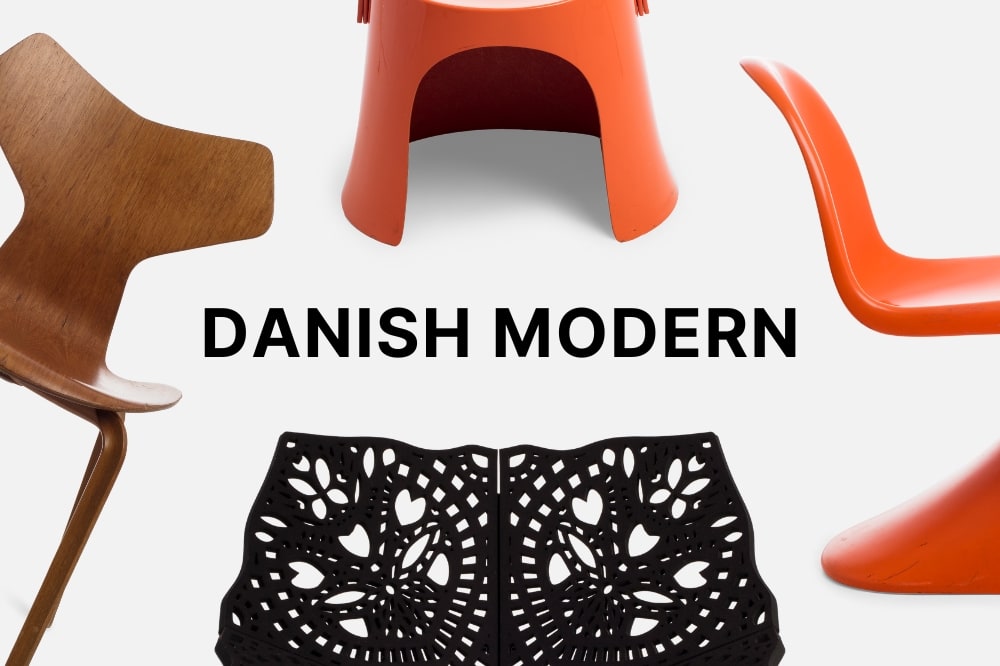The Legacy of NK's iconic Modernism
The Legacy of NK's iconic Modernism.
The Swedish department store NK, established in 1902 was prolific in furniture design during the days of Swedish Grace and Swedish Modern, and played a significant part in marketing of the 1950s young life-style interior design. In developing their furniture design NK collaborated with some of the most well-known designers at the time.

Axel Einar Hjorth (1888–1959)
Axel Einar Hjorth was the head architect at NK from 1927 to 1938. During this period Hjorth designed a large number of furniture series to the company's customers. His neat armchair Bridge, was launched in 1931 under NK´s sub brand Typenko. The chair is very unusual and is one of the absolute highlights of the collection at the Museum of Furniture Studies. The material is stained birch, French braided rattan and seat cushion upholstered in horsehair fabric. It is said that the brand Typenko (type NK…) was launched in response to criticism from the architects of the modernism in the 1930s. They considered that NK´s furniture collection was too elitist and only available to wealthy customers. Accordingly the Typenko collection would keep a lower price level. Today Axel-Einar Hjorth is best known for his 1930s holiday house furniture series Utö, made of rustic solid pine tree.

Kerstin Hörlin-Holmquist (1925–1997)
The Swedish designer Kerstin Hörlin-Holmquist studied in England in the 1940s and later at Konstfack University of Arts, Crafts and Design in Stockholm. She started her design career in 1952 when designer Elias Svedberg discover her talents. Svedberg had just, in collaboration with the architect and early influencer Lena Larsson, become responsible for a new interior design concept at the classic department store NK. The concept, named NK-Triva, was meant to attract a growing group of younger consumers with modern design and new and more free interior ideas.
Hörlin-Holmquist joined the project and worked for NK for many years. In 1952 she received a great deal of attention for the chair Kraal- made of rattan with thin steel base. But most popular became her upholstery furniture in the series "Paradiset". They were built on a new technique with frames casted in frigolite, which was a light plastic material easy to form into organic shapes.

Carl-Axel Acking (1910–2001)
Carl-Axel Acking was one of the 20th century's foremost Swedish architects and furniture designers. In parallel with architectural studies, Acking worked at Coop´s Architects' Office between 1930 and 1935. He later ran his own business and was active as a professor of architecture both in Stockholm and Lund. Acking was one of three main architects for the H55 Exhibition in Helsingborg in 1955, where he designed the exhibition pavilions on the harbor pier. He also collaborated with NK during some years.
The Trienna lounge chair was designed by Acking in 1957 and presented at the Milano Triennial that year, as part of the Swedish national pavilion. It is one of Acking’s best known and most attractive designs. The lounge chair was originally produced by NK´s Verkstäder in Nyköping but was in 2022 relaunched by the Swedish company Verk.
This article was written by Lars Bülow






































































